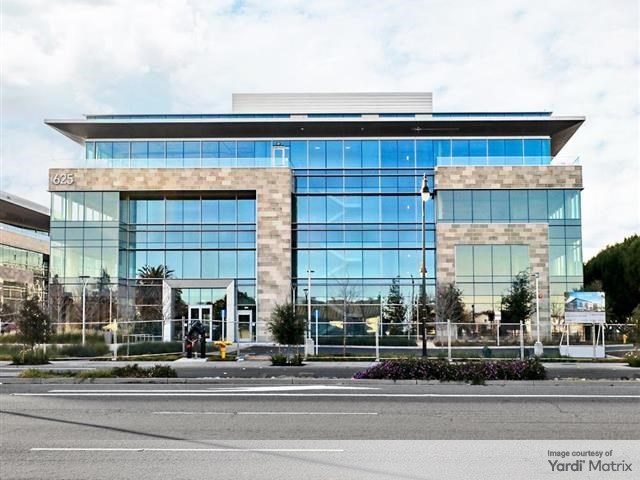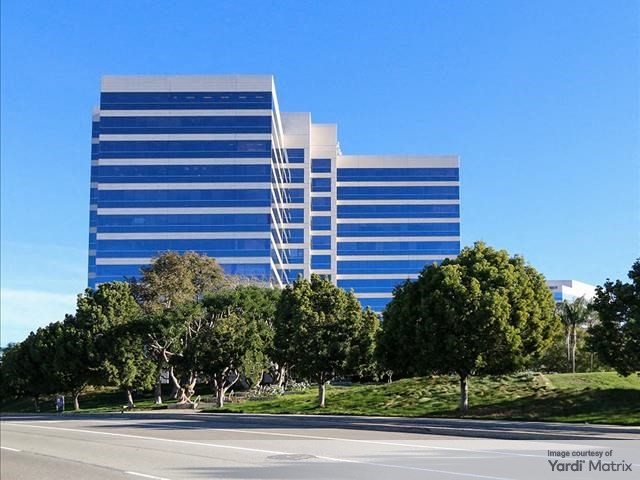Positive Trends in the CMBS Market, Both This Year and Next
After two down years, the CMBS market is starting to look good for 2011 and into 2012. Investment totals are up, delinquency rates are down and firms are more willing to open their books.
By Nicholas Ziegler, News Editor
As Commercial Property Executive has reported in the past, CMBS lending in 2011 is expected to reach at least $40 billion. While that may not seem like much compared to the peak of $230 billion in 2007, CMBS volume reached only $12 billion last year and $3 billion in 2009. There’s quite a bit of interest in these new conduit lenders, dubbed “the age of CMBS 2.0.”
New reports are beginning to bear those predictions out. According to Trepp, August was a great month for a rebounding market. The delinquency rate for U.S. commercial real estate loans in CMBS fell 36 basis points in August to 9.52 percent, causing the firm to note that “the drop in CMBS delinquencies in August appears to be the first piece of good news for the market in a while.” After a summer that saw rising unemployment, an American budget crisis and continued hand-wrangling over European (mostly Greek) debt, that good news is a welcome thing. Trepp goes on to further state that the percentage of loans seriously delinquent — more than 60 days in foreclosure, REO or non-performing balloons — is now 8.79 percent, 35 basis points down from the previous measure.
And according to our previous reporting, the joint venture between Prudential and Perella Weinberg should open more than $1 billion in CMBS access. Through the deal, we can “leverage our national origination network and expand the financing options we provide for our borrowers,” David Twardock, president of Prudential Mortgage Capital Company, said. “Participation in the re-emerging CMBS market is critical to maintaining our leadership position in the commercial mortgage arena.”
The news heading into next year also appears to be good for the CMBS sector. According to Fitch Ratings, approximately 1,200 loans totaling $17.3 billion are scheduled to mature in 2012, a sizeable drop from the 2,000 loans totaling $22.5 billion that matured this year. Next year’s crop originated between 1996 and 2007, with most — 38 percent — secured by office properties. The ratings firm expects the majority of loans to payoff at maturity despite the short-term volatility of the capital markets. “Most maturing loans, particularly those from earlier vintages, benefit from stable performance and years of scheduled amortization, which make them more easily financeable in today’s market,” Adam Fox, senior director at Fitch, said. The most challenging loans to refinance are those that were originated in 2007, the peak of real estate values. “Borrowers will likely need to contribute additional equity to secure financing for five-year loans,” said Fox.





